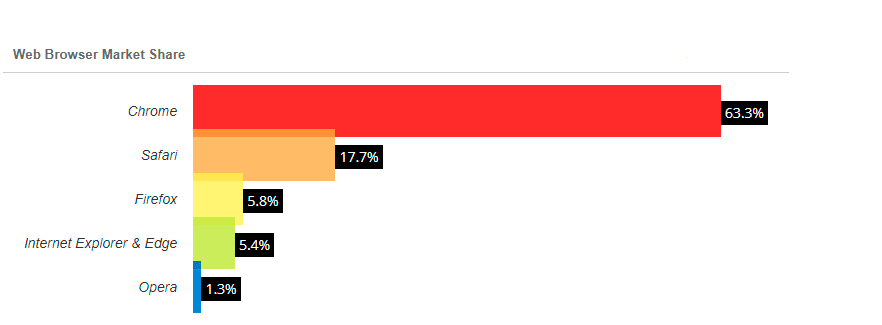Creating a WordPress site is a multi-step process, starting with choices like domain name and web hosting, followed by WordPress installation itself. The real challenge, however, emerges when you reach the design phase. This article will guide you through five key points to consider before settling on a WordPress theme.
Choosing the right WordPress theme can feel overwhelming, as it impacts both the aesthetics and user experience of your site. A well-chosen theme can attract and retain customers, making this decision critical.

To simplify the theme selection process, here are five essential factors to consider:
How to Choose a WordPress Theme?
1. Prioritize Elegance and Simplicity
Resist the urge to overload your site with excessive features or overly flashy design elements. This often leads to a cluttered interface and hinders navigation, ultimately compromising user experience. Opt for a theme that is elegant and simple. For inspiration, check out these simple yet engaging themes for creative individuals – this WordPress themes for artists list offers great examples.
Steer clear of themes with unnecessary elements like superfluous widgets, illegible fonts, and excessive visuals. These can detract from the user experience and make it difficult for visitors to engage with your content.
2. Plugin & Browser Compatibility
Ensure your chosen theme seamlessly integrates with the plugins and browsers you require. Identify the essential plugins for your website’s functionality, including those for speed optimization, caching, media file compression, database cleanup, and verify their compatibility with your chosen theme.
Additionally, your chosen theme should support a wide array of browsers to ensure a consistent experience for accommodate the traffic using different platforms. Compatibility information is typically available on the theme’s website. If not, conduct cross-browser testing to assess its compatibility, paying close attention to support for popular browsers like:

3. Prioritize Speed Optimization
Website loading speed directly influences SEO ranking. Themes overloaded with features and graphics often suffer in this area. Ideally, aim for a WordPress site loading time of fewer than three seconds, as users tend to abandon sites that take longer. To gauge a theme’s speed optimization, you should test your site for speed.
4. Ensure Visual Stability & Interactivity
Visual stability ensures a seamless browsing experience with minimal layout shifts, while interactivity refers to your site’s responsiveness to user interactions. Both factors impact SEO and overall user experience. You can test your WordPress site’s visual stability using Google Chrome’s Cumulative layout shift (CLS) metric, aiming for a score of 0.1 or lower.
Widget-heavy or outdated themes can negatively impact interactivity. Choose lightweight, regularly updated themes to ensure optimal performance. Also, prioritize mobile-friendliness, as it impacts both visual stability and interactivity. Conducting a mobile-friendly test can help you assess this aspect.
5. Reflect Your Website’s Niche & Goal
Your chosen WordPress theme should align with your website’s niche and goals. This includes aspects like layout, fonts, graphics, and color scheme, all of which contribute to conveying your brand’s identity. For example, an eCommerce site should not resemble a portfolio site, and vice versa.
Your website’s theme plays a crucial role in shaping visitor perception of your brand and influences their judgment of your credibility and authenticity. Selecting an appropriate theme is paramount for establishing a strong online presence.
Consider Selecting WordPress Theme: Final Thoughts
Choosing a theme for your WordPress website requires careful consideration. It’s not just about aesthetics; your theme shapes how visitors perceive your brand and impacts their overall experience. Remember to keep it simple and elegant (avoiding extraordinary with the design designs), ensure compatibility with your required plugins and browsers, prioritize speed optimization and ensure both visual stability and interactivity. Finally, always choose a theme that clearly reflects your website’s niche and purpose.
